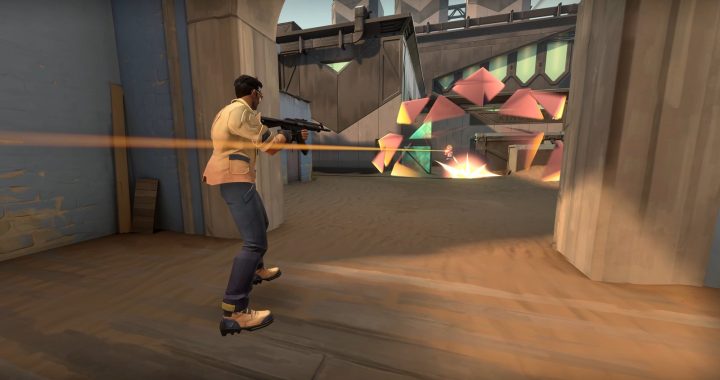Unboxing the Thecus W4000 NAS – Hungry Geeks
NAS. I’ve been using it at home and have been restless when it was gone due to a power outage. It’s my mini-refrigerator of games, videos, and important documents. Seeing it dead is an ordeal that I won’t forget and would not want to experience. Having that thought, Thecus gladly sent us their W4000, a NAS that looks awesome and has that little magic in it — it’s powered by Windows Storage Server 2012. So without further ado and before I lay down the review of this sweet machine, here’s a bit of a teaser in the form of an unboxing:
Disclaimer: I am obviously not the best photographer in Hungrygeeks.ph.
Like a faithful servant, the W4000 awaited my arrival back home. It sports a green box reminiscent of green apples usually found in our broken dreams and children’s books.
Look at those specs! There are two models for the W4000, one sports a 2GB RAM while the other variant has a 4GB one. I reckon that what I have here is the heftier model. Anyhow, this is a NAS, and a NAS can be considered as a little PC minus the oomph of a powerful processor. The Intel Atom processor found inside is a 2.13Ghz Dual-Core.
The power brick is large and would add clutter. Best place it somewhere underneath or hide it.
As usual for a NAS package, a LAN cable, a warranty card, and what’s this? A bunch of screws and keys?
Now this is something different from other NASs that I’ve tried. The keys are for the HDD bays found in the NAS. I just tried one key and it opened every bay. There are two pairs that come with the package.
Anyhow, let’s move on to the main star of the show. Presenting the Thecus W4000:
The LED shows different icons in shades of red and green. Sad that there’re no numerical LEDs for a more showy and indicative display.
Above are the ports of the W4000. Again, they sport the standard stuff. But one thing to take note of is the WAN/LAN port. This feature does make it stand from the rest of the pack.
The above four images shows the four bays of the Thecus W4000. Very visible are the locks. However, it is optional and if the user wishes not to bother securing the drives without fear of possible theft, then the W4000 allows it. The locks are initially secured physically before plunging it into the main chassis, thus giving a sort of double lock.
So that’s for our unboxing. What’s left is to see if the NAS itself serves its prime purpose of storing devices and if its a good partner for your home or small office. Stay tuned while I scrounge for a working HDD to get this thing running.
Comments
comments
 Hironobu Sakaguchi discussion: Fantasian Neo Dimension, Final Fantasy and 20 times of Mistwalker
Hironobu Sakaguchi discussion: Fantasian Neo Dimension, Final Fantasy and 20 times of Mistwalker  The Raging Battle Churns are added to Genesis Impact Version 5. 3
The Raging Battle Churns are added to Genesis Impact Version 5. 3  Punishment of the Savage Planet: revealing a brand-new’ 90s-inspired world
Punishment of the Savage Planet: revealing a brand-new’ 90s-inspired world  Tomb Raider: set review
Tomb Raider: set review  PlayStation’s most-wanted game of first 2025
PlayStation’s most-wanted game of first 2025  Valorant welcomes Tejo as its new promoter.
Valorant welcomes Tejo as its new promoter.